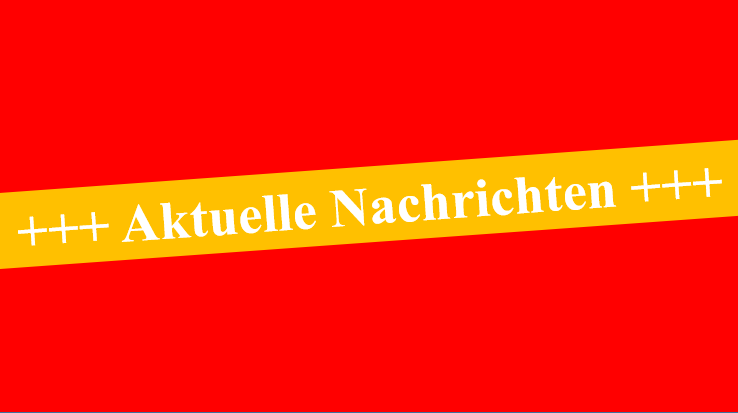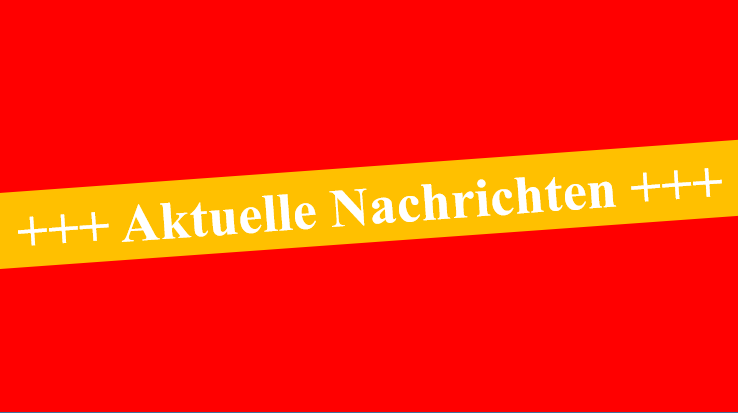Must Read: 5 Essential Federal Benefits to Ease the Financial Burden of Parenting


The Canadian government offers various federal benefits, grants, and payments to assist parents in covering the expenses of raising children. These programs aim to alleviate the financial strain on parents, particularly regarding post-secondary education costs.
According to a survey conducted by Embark, a Canadian education savings and planning company, parents face significant pressure to financially support their children’s education, often at the expense of their own financial well-being. The survey revealed that 52% of parents would go into debt to fund their child’s education, and 73% find it challenging to save for education due to rising living expenses.
To support parents in financing their children’s post-secondary education, the federal government provides several benefits, grants, and payments. Here are five such programs:
Canada Child Benefit (CCB):
The CCB is a tax-free monthly payment offered to eligible families with children under the age of 18. To qualify, parents must reside with their child, assume primary responsibility for their care, and be Canadian citizens, permanent residents, protected persons, eligible temporary residents, or registered under the Indian Act.
CCB payments are adjusted annually based on the family’s net income, with maximum amounts of $6,997 per year for children under six and $5,903 per year for children aged 6 to 17. To continue receiving CCB payments, parents must file their tax returns on time each year.
Canada Learning Bond (CLB):
The CLB is a government incentive that provides up to $2,000 to assist low-income families in saving for their child’s post-secondary education. The CLB includes an initial payment of $500 for the first eligible year, followed by $100 for each subsequent year until the child turns 15. The funds are directly deposited into a registered education savings plan (RESP) for the child, and parents are not required to make contributions to receive the CLB. Additionally, the government contributes an extra $25 to the RESP to help cover the plan’s opening costs.
Canada Education Savings Grant (CESG):
The CESG allows children to receive up to $500 annually towards their RESP, with an additional $100 available for families with low or middle incomes. Contributions made by parents to the RESP trigger the CESG, with the government matching 20% of contributions up to $2,500 per year.
Families with lower incomes may receive an additional 20% or 10% on an extra $500 of contributions, depending on their income level. The CESG has a lifetime maximum of $7,200 and is available until the child turns 17.
Canada Dental Benefit:
The Canada Dental Benefit assists eligible families earning less than $90,000 per year in covering dental costs for children under 12 who lack access to private dental insurance. The benefit offers tax-free payments of $260, $390, or $650 per eligible child, depending on the family’s adjusted net income. Parents or guardians must meet specific criteria and apply through the Canada Revenue Agency (CRA) to receive this benefit.
Climate Action Incentive Payment (CAIP):
The CAIP is a tax-free payment provided to help individuals and families offset the costs of federal pollution pricing. To qualify, individuals must be Canadian residents for tax purposes, reside in an eligible province, and be at least 19 years old. Parents can receive additional payments through the CAIP for their eligible children. The payment amount varies depending on the province of residence, with quarterly payments made throughout the year.
These programs aim to assist parents in managing the financial burden of raising children and supporting their education. It is essential for eligible parents to apply and meet the required criteria for each program to access the available benefits.